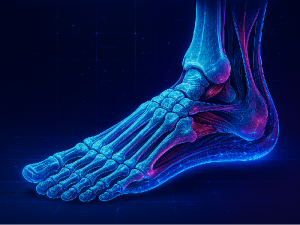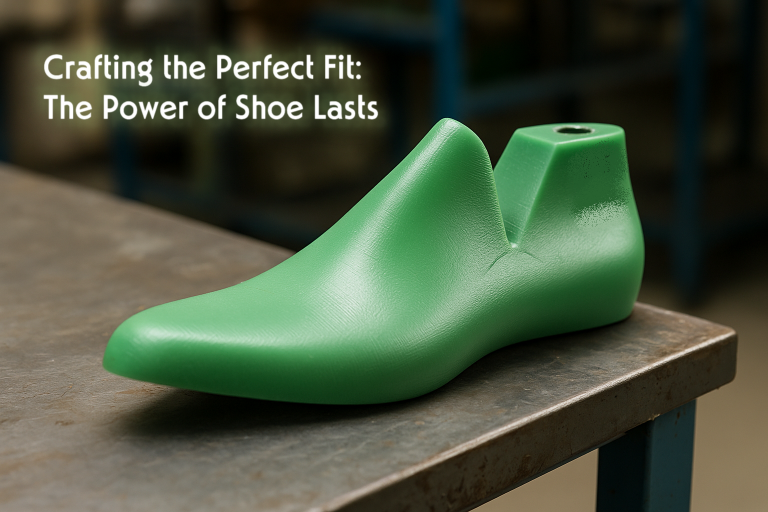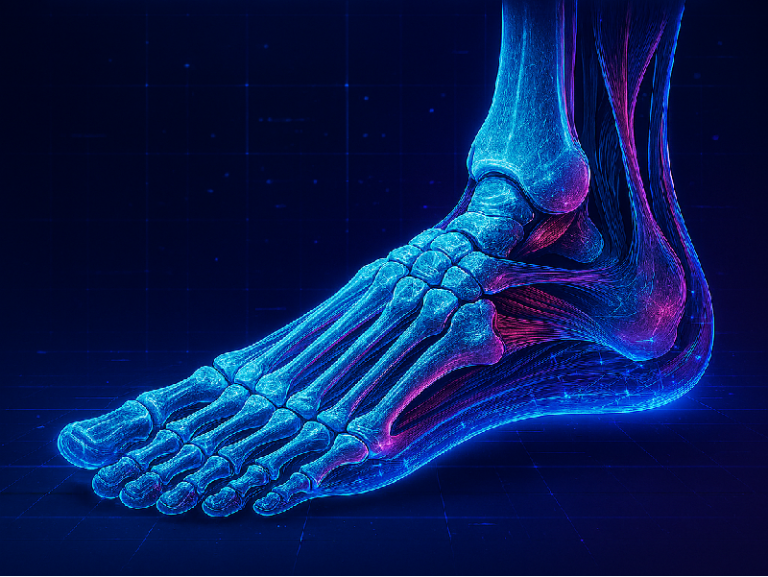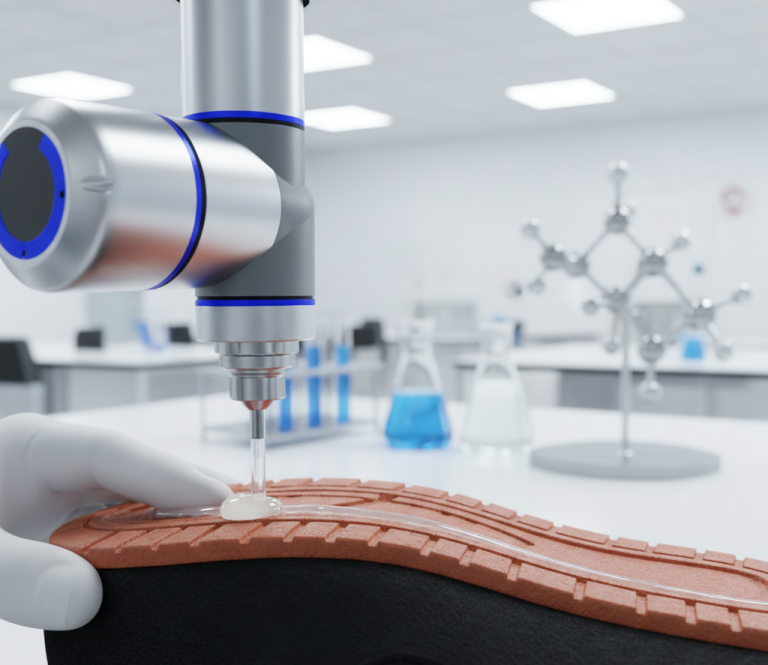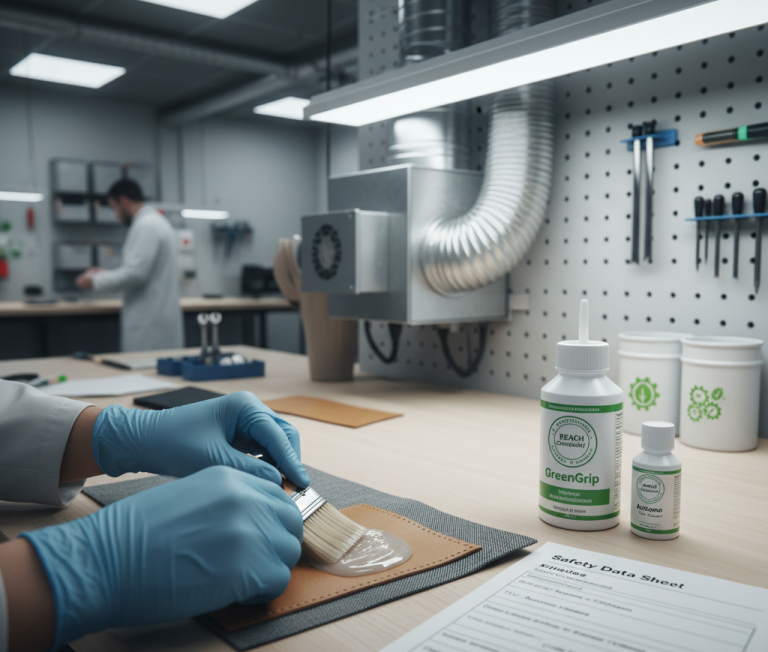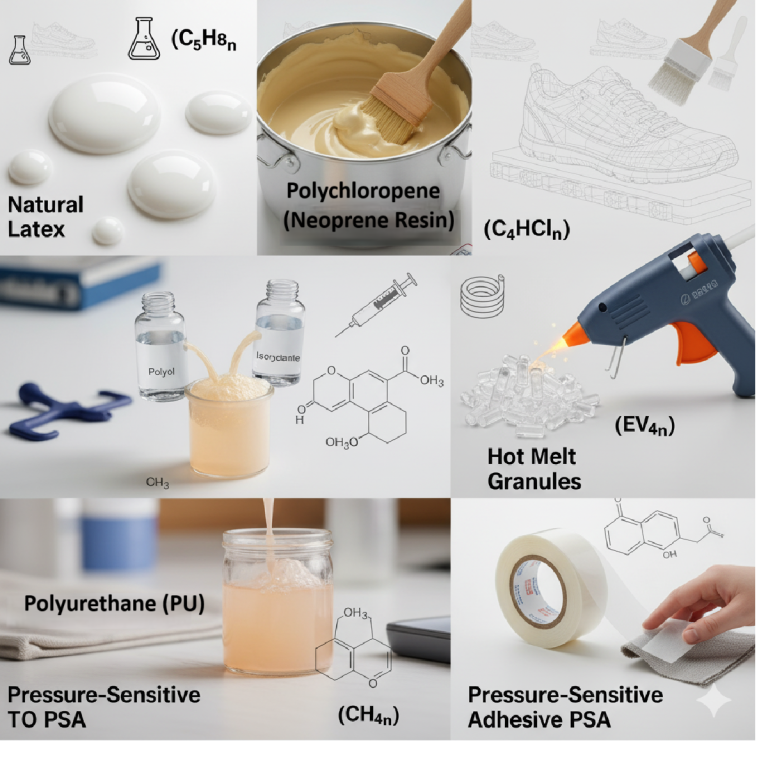Mastering Foot Anatomy: Ligaments, Nerves & Blood Vessels Explained
Part 3 – The Silent Support System for Perfect Shoe Fit (Continued from Part 2: Muscles and Tendons)
Reading Time: 5 minutes
Introduction
After exploring bones, muscles, and tendons in previous posts, we now focus on the quiet systems that keep your foot stable, feeling, and alive:
- Ligaments – the body’s natural support straps
- Nerves – your foot’s sensory command center
- Blood vessels – the delivery and cleanup crew
These three work 24/7 — and shoes can help or hurt them.
A tight lace can cut blood flow. A stiff sole can strain ligaments. A narrow toe box can pinch nerves.
In this 5-minute guide, we’ll explain each system clearly, show you how to check them during fittings, and give you pro tips to avoid common shoe mistakes.
Ligaments – The Foot’s Natural Support Straps
About Ligaments
Ligaments are tough, fibrous bands that connect bone to bone. They’re like the reinforced tape holding your foot’s structure together.
- Made of collagen – strong but not very stretchy (only ~4%)
- 107 in the foot – more than any other body part of similar size
- Job #1: Prevent joints from moving too far
- Job #2: Support weight without collapsing
They don’t contract like muscles — they resist and stabilize.
The Star Player: Plantar Fascia
This thick band runs from your heel bone to the base of your toes. It’s the longest ligament in the body and acts like a shock-absorbing cable under your foot.
With every step:
- It stretches slightly when your heel lifts
- It snaps back to help push off (called the windlass mechanism)
- It keeps your arch shape intact
Common Issue: Too much stretch = plantar fasciitis (sharp heel pain, especially in the morning).
Shoe Fit Fix:
Avoid flat, thin soles (ballet flats, flip-flops)
Choose moderate arch support and 8–12mm heel drop
Replace worn-out shoes every 300–500 miles

Nerves and Blood Vessels
a. About Nerves & Blood Flow
Your foot is a sensory superpower:
- 7,000+ nerve endings
- 100s of touch receptors per cm² on the sole
- Nerves tell your brain: “Hot pavement!” or “Uneven ground!”
They also control tiny foot muscles for balance and grip.
Meanwhile, blood vessels keep everything running:
- Veins → remove waste and cool the foot
- Arteries → deliver oxygen and nutrients
- Capillaries → feed skin, muscles, and ligaments
Warning Sign in Shoes:
Tingling or numbness → nerve pressure
Cold or blue toes → poor blood flow
Swelling → blocked veins
b. Arteries and Veins of the Foot
The foot gets blood from two major highways:
Dorsalis Pedis Artery (Top of Foot)
- Comes from the shin (anterior tibial artery)
- Runs between big toe and 2nd toe
- Supplies the top of the foot and toes
Posterior Tibial Artery (Inner Ankle)
- Splits into medial and lateral plantar arteries
- Forms the deep plantar arch under the foot
- Feeds the sole, heel, and arch muscles
These two systems connect — so if one is blocked, the other can compensate.
Veins follow the reverse path:
- Dorsal venous arch (top of foot) → drains upward
- Plantar veins → return blood from the sole
Shoe Fit Rule: Never tie laces so tight that the top of the foot bulges. This pinches the dorsalis pedis artery and reduces circulation.
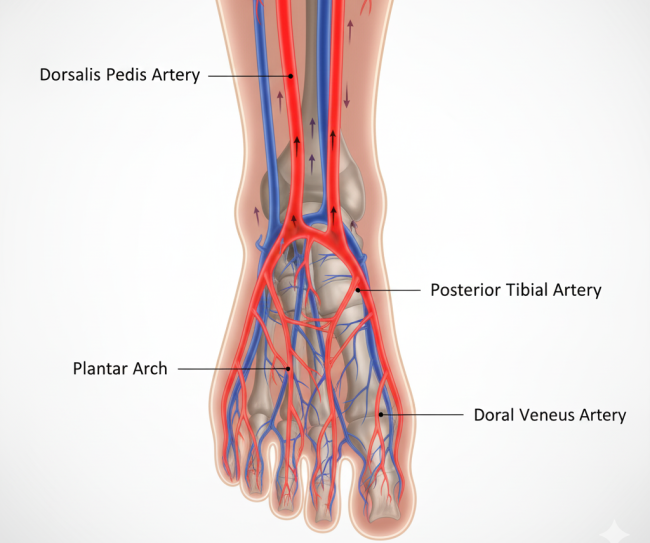
c. Foot Pulses – Your Built-In Health Check
Every shoe fitting should include a 30-second pulse check. There are two easy-to-feel pulses:
| Pulse Name | Location | How to Find It | What It Means |
|---|---|---|---|
| Dorsalis Pedis Pulse | Between big toe and 2nd toe, just below ankle | Press lightly with two fingers | Strong = good top-of-foot circulation |
| Posterior Tibial Pulse | Behind the inner ankle bone (medial malleolus) | Curl fingers around ankle | Strong = good sole and heel supply |
Both should beat in sync with your heartbeat.
Pro Tip: If a customer says their feet “go numb” in shoes, check pulses before and after trying on. A disappearing pulse = too tight.
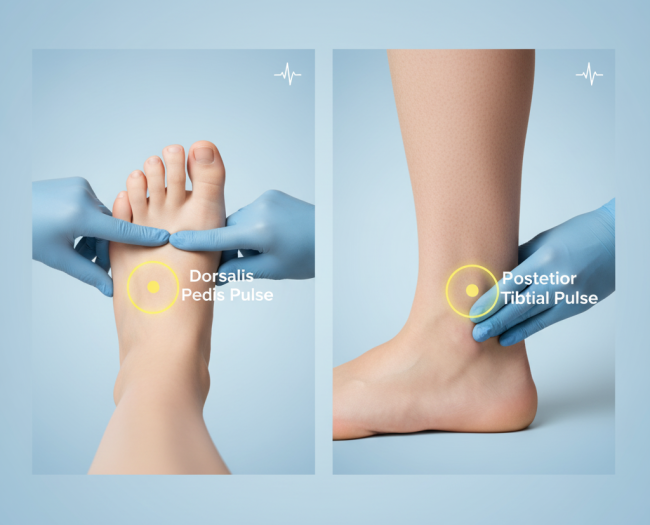
The Joints – Precision Hinges for Fluid Motion
About Joints
The foot has 33 joints — tiny hinges, sliders, and pivots that allow:
- Up/down motion (ankle)
- Side-to-side tilt (subtalar)
- Toe flexion (MTP joints)
Each joint is surrounded by a capsule, lubricated with synovial fluid, and reinforced by ligaments.
Key Joints & Shoe Fit Impact
| Joint | Location | Motion | Shoe Fit Risk |
|---|---|---|---|
| Ankle (Talocrural) | Above heel | Up/down | Stiff collar = limited dorsiflexion |
| Subtalar | Below ankle | Inversion/eversion | Narrow midsole = sprained ankle |
| Lisfranc (TMT) | Midfoot | Slight glide | Rigid sole = midfoot pain |
| Metatarsophalangeal (MTP) | Ball of foot | Toe bend | Tight toe box = hammertoes, corns |
Critical Test: Ask the customer to walk and rise on toes. Limited motion at the big toe joint (1st MTP) = hallux rigidus risk and poor shoe match.
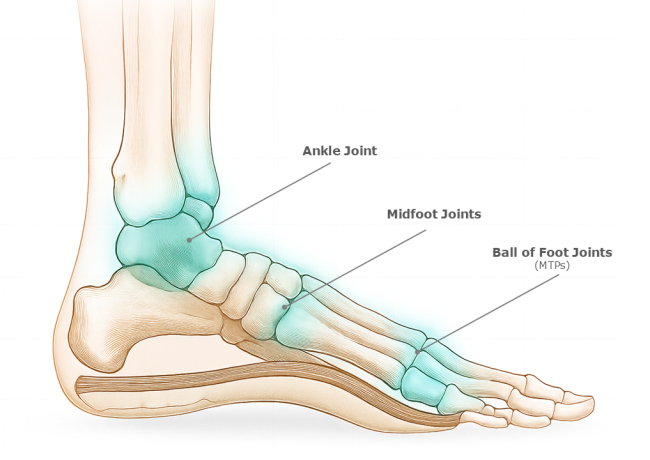
Conclusion – How This Changes Shoe Fitting Forever
Your customer’s comfort isn’t just about size — it’s about supporting three silent systems:
| System | Shoe Risk | Fix |
|---|---|---|
| Ligaments | Overstretch, strain | Firm midsole, arch support |
| Nerves | Pinching, numbness | Roomy toe box, soft lining |
| Blood Flow | Compression, cold feet | Loose lacing, breathable upper |
Your 3-Step Pro Fitting Routine:
- Pulse Check → Healthy circulation?
- Nerve Test → Ask: “Any tingling?”
- Ligament Support → Watch for arch drop or heel slip
When shoes respect these systems, customers don’t just walk out happy — they come back.
Next Up: Part 4 – The Arches, Sweat Gland, Skin & Foot Types
Coming soon:
- Four foot arches and how they shape shoe choice
- Sweaty feet, calluses, and breathable materials
- High arch vs flat foot — the wet test revealed
Note : AI-generated anatomical visualization. Color coding and layering are enhanced for educational purposes.


